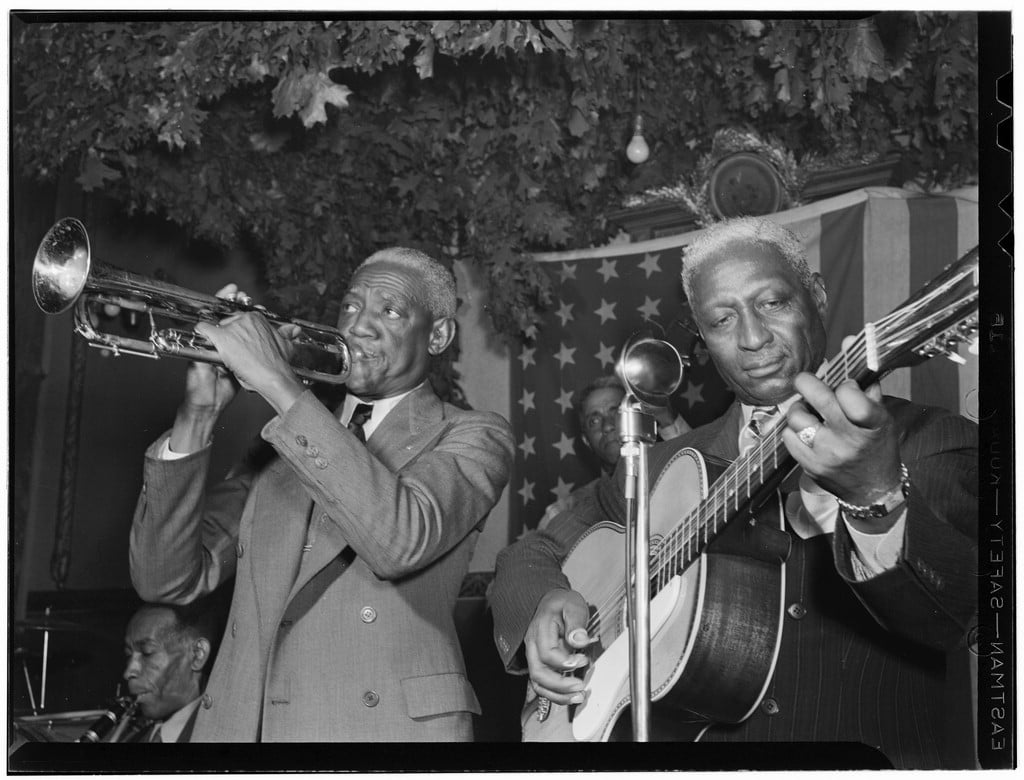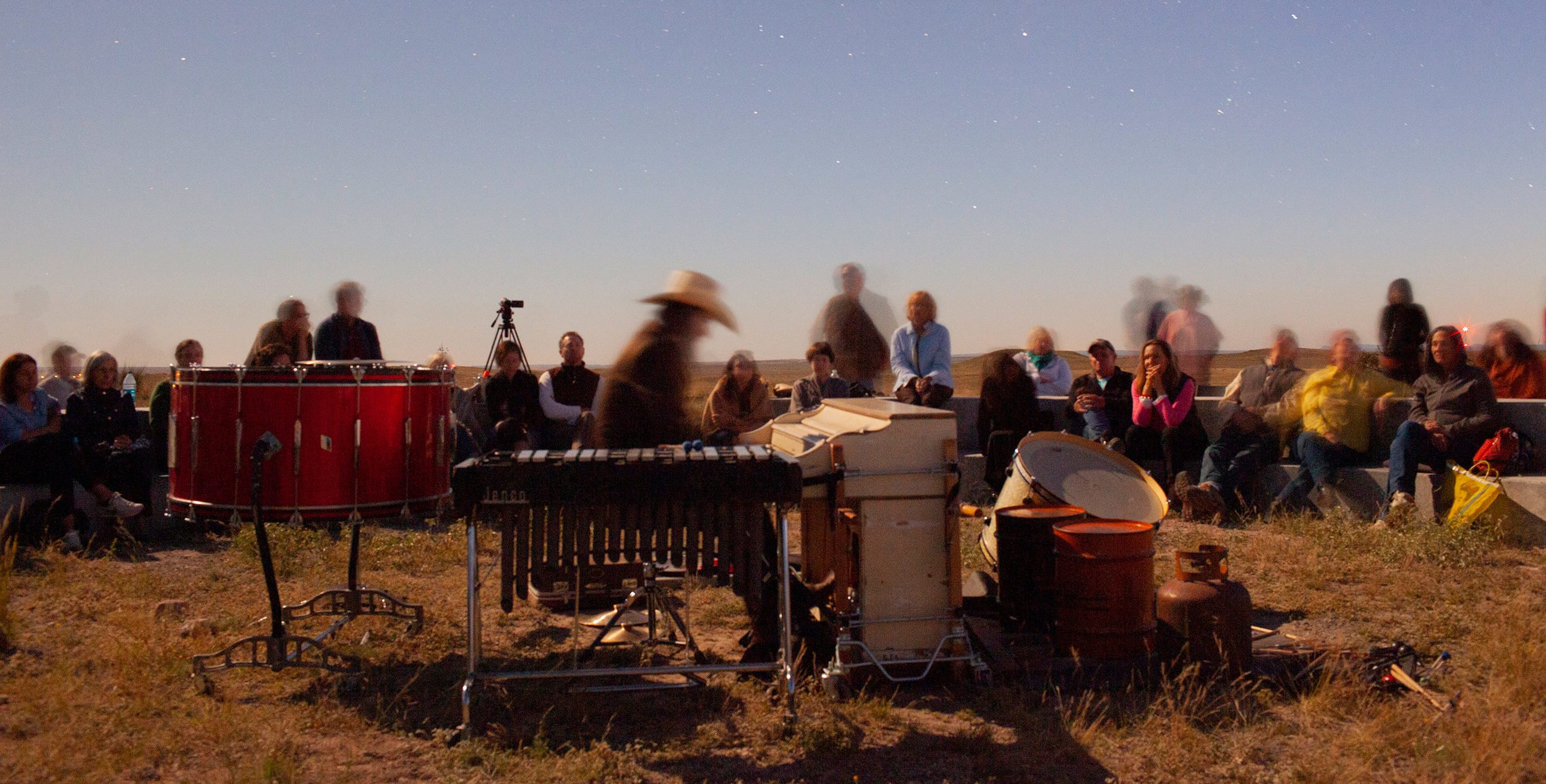
A Sweeping History of Texas Blues Celebrates Little-Known Musicians
More than 50 years in the making, The Blues Come to Texas is an encyclopedic tome stuffed with surprising trivia.
I have a faded copy of the July|August 1965 issue of the magazine Blues Unlimited, which includes an essay, “Working on the Project – T for Texas; T for Toil,” from music historian Paul Oliver. Oliver offered “something of an apology” for a delayed book project that he and folklorist Mack McCormick were working on. A sweeping study of the Texas blues, the book was taking longer than expected. “We hope to complete the project work before very long,” Oliver assured readers. “Please be patient.”
More than a half-century later, their work has finally been published as The Blues Come to Texas: Paul Oliver and Mack McCormick’s Unfinished Book. Respected blues scholars Alan Govenar and Kip Lornell have further documented and contextualized the manuscript, organizing and readying it as “a historical artifact.” Make no mistake, though — this is not some dusty tome, but rather a vibrant piece of research.

Compiled by Alan Govenar
with Documentation and Essays by Alan Govenar and Kip Lornell
Texas A&M University Press
$95; 472 pages
Working primarily from McCormick’s voluminous field notes and interviews with musicians, the authors set out to trace the development of the blues traditions of “Greater Texas” from 1890, something that had not been undertaken before. “Greater Texas,” in this case, is defined as the Lone Star State and overlapping parts of Louisiana, Oklahoma and Arkansas. The narrative is populated with blues greats, including Blind Lemon Jefferson, Lead Belly and Sam “Lightnin’” Hopkins, but it is the lesser-known contributors — such as Floyd Canada, a singer from Beeville whose work was transcribed by Texas historian Walter Prescott Webb in 1913 — that highlight the depth of the blues tradition.
Most chapters of the book can be read as self-contained units. One focuses on string bands – at first primarily a combination of fiddle, guitar, mandolin and bass – including Coley Jones, “Wop” Williams and the Wright Brothers. The authors remind the reader that based “on present evidences there seems to have been no other states where the [African American] string band was as prevalent [as Texas].” And they emphasize the influence the black bands had on their white counterparts. Here the members of Milton Brown and His Musical Brownies and Bob Wills and His Texas Playboys receive some ink (though Wills was not born in Amarillo as stated, but rather 450 miles southeast in Limestone County).
Because the work is truly encyclopedic in scope, the index is essential to access a cornucopia of facts and tidbits. For example, we learn that “Hattie Green,” a song long believed to be inspired by a prostitute living in Abilene, could in its original version actually refer to “Hetty” Green, an infamous Wall Street financier during the Gilded Age. Or one can follow the trail of “West Texas Blues” and cross paths with the likes of Deloach Maxey, Jimmie Dee Ceasar and Smith Casey. The manuscript is a veritable time capsule, but there are a few musicians oddly missing: Albert Collins and Johnny Copeland, for example, both of whom had established reputations in Houston by 1960.
“Recording the Blues and the Folk Revival: A Prelude,” an essay co-written by Govenar and Lornell, places the work in context and provides incisive biographical sketches of Oliver and McCormick. Both respected music scholars, they carried on a transatlantic correspondence for years, sending letters between Oxford, England, where Oliver lived, and McCormick’s home in Houston. The enormity of the project, the physical separation, inevitable misunderstandings and the difficulty of accommodating McCormick’s bipolar disorder led the authors to abandon the project in frustration by the mid-1970s.
Make no mistake — this is not some dusty tome, but rather a vibrant piece of research.
Govenar also devotes space to Oliver and McCormick’s discussion of the proper title for the manuscript. “The Texas Blues,” or some variation thereof, received serious consideration. The authors clearly understood the mixed message and the historical baggage that came with the phrase, “the blues come to Texas,” a shortened form of Blind Lemon Jefferson’s poetic couplet, “Well the blues come to Texas, lopin’ like a mule.” The bluesman’s sentiment has been taken by many over the years (much to the consternation of knowledgeable Texans and outsiders alike) to assert that the blues arrived in the Lone Star State from somewhere else, most often credited to the Delta region of Mississippi.
As Oliver mentions in a letter to McCormick, “Blues Come to Texas seems slightly defeatist. Even if we never populate the theory, I would like to leave the reader with the impression that there was a fair likelihood that the blues came from Texas.” In 1989 in The Blackwell Guide to Blues Records, Oliver reiterated this important point. “Assuming some element of polygenesis, it is just as probable that the blues came lopin’ out of Texas.” And yet, the authors ultimately decided on The Blues Come to Texas.
Mack McCormick died in 2015 at 85. Paul Oliver followed in 2017 at 90. I can’t imagine that either would not be pleased with The Blues Come to Texas. The final result is truly, as the editors proclaim, “no longer a legendary manuscript but rather a landmark book.” And it will be a source for blues researchers and aficionados to dip into with wonderment for years to come.


